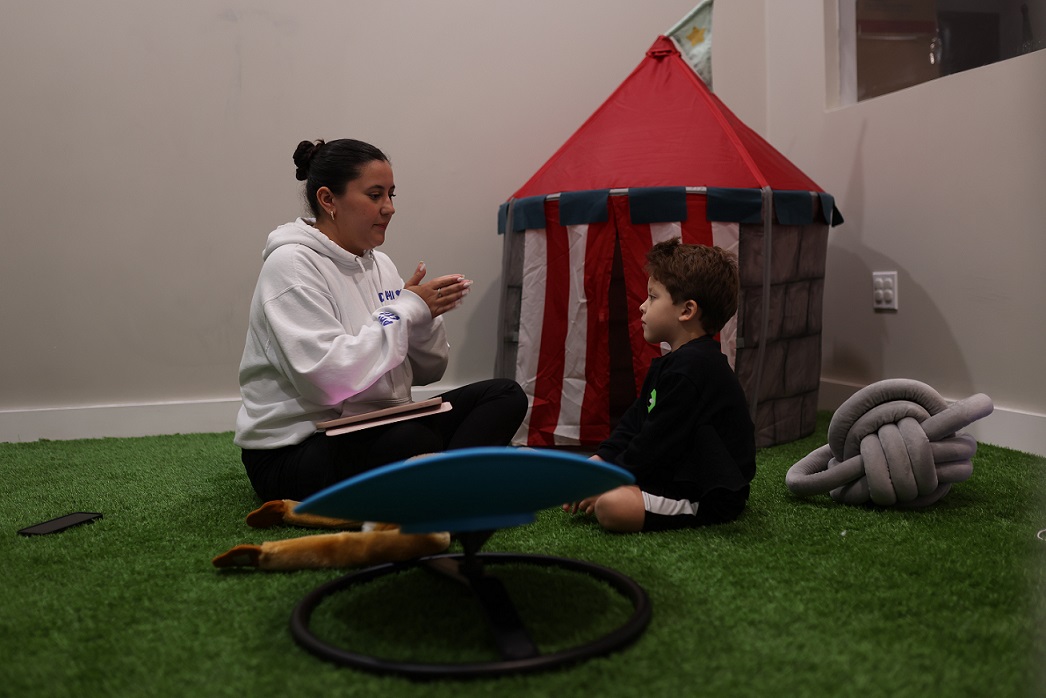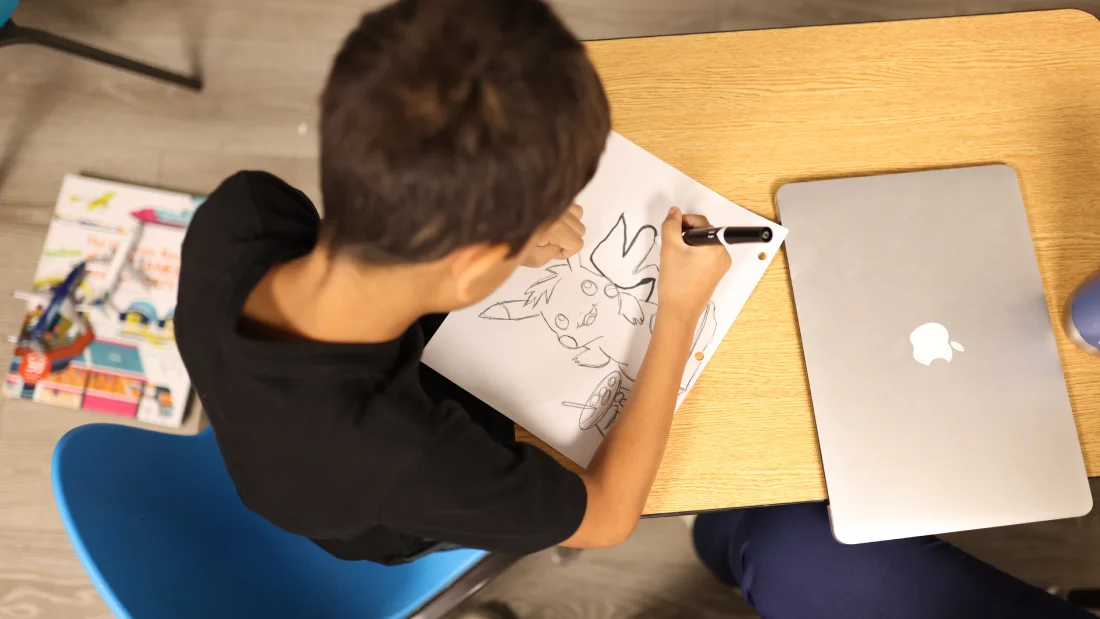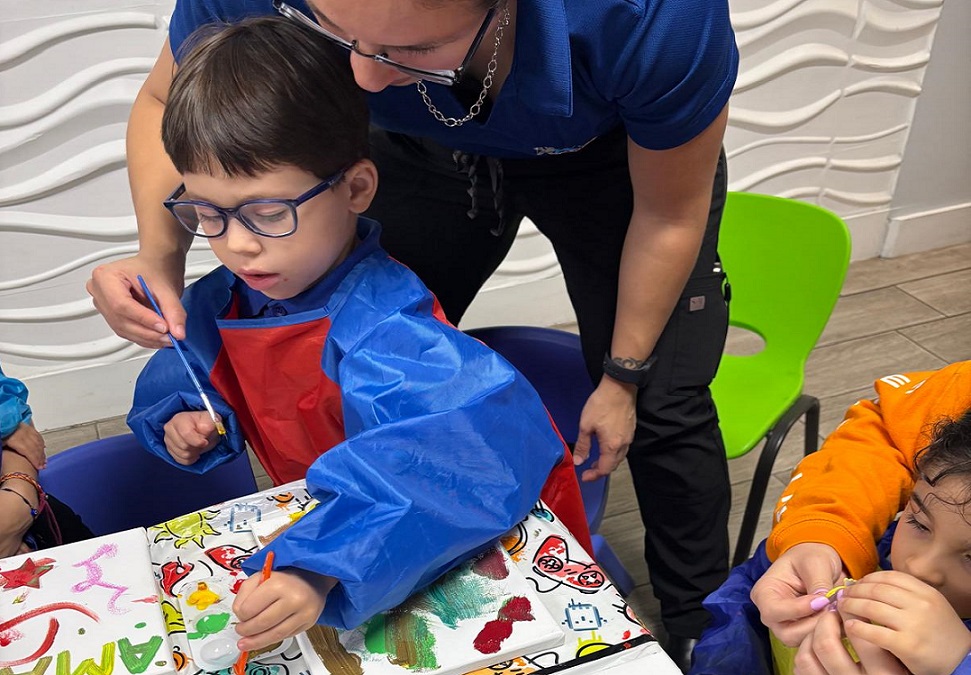For many children with autism, sound is their only way of experiencing the world. And in that complex sensory universe, S.O.U.N.D. Therapy (Structured Outreach Using Neurodevelopmental Dynamics) emerges as a powerful tool to improve auditory processing and strengthen connection with the environment through sound stimulation.
In this sense, and unlike traditional music therapy, SOUND Therapy uses methods such as Tomatis or AIT to facilitate sensory integration. That’s why in this article, we’ll explore the different types of SOUND Therapy programs, how they differ from other auditory therapies, and the most notable benefits that could transform your child’s life starting today.
Get ready to discover how sound can become their pathway to connection, calm, and growth.
What Is SOUND Therapy and How Does It Help Children with Autism?
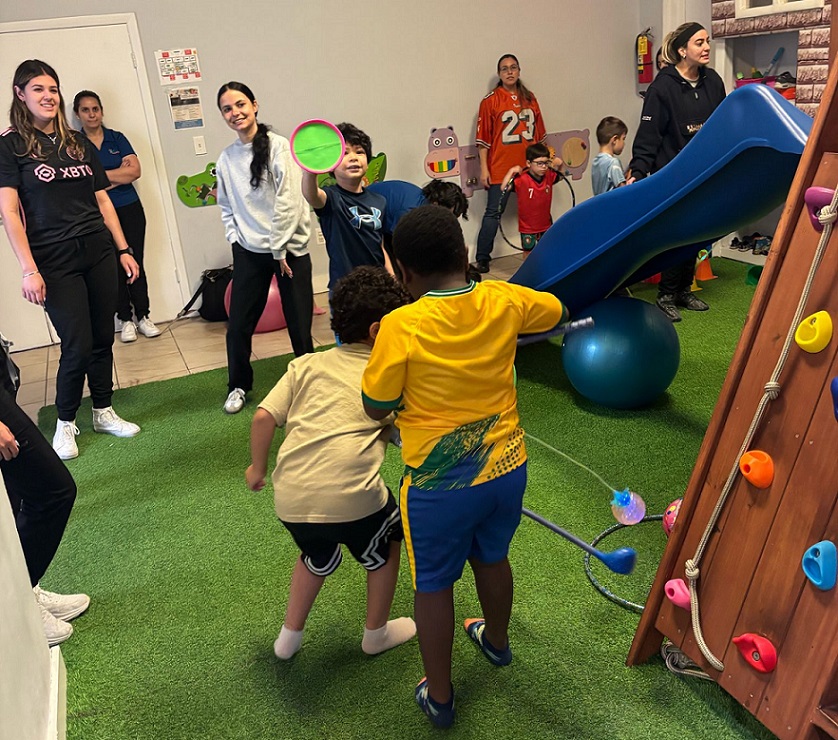
SOUND Therapy is a specialized auditory intervention that uses sound patterns to stimulate the brain and improve sensory integration. This approach is based on neuroscientific principles such as the Tomatis Method or Auditory Integration Training (AIT) to reprogram how a child’s nervous system processes sound.
Why is it revolutionizing support for children with autism? Here are some clues:
- Stimulates deep auditory processing, helping children better interpret sounds in their environment.
- Reduces sensory hypersensitivity, one of the most common causes of anxiety and overload in children with ASD.
- Improves communication and language by enhancing the connection between auditory perception and verbal expression.
- Promotes emotional self-regulation thanks to sound’s direct influence on the limbic system.
- Complements other therapies, such as ABA therapy or occupational therapy, enhancing their results.
How Is SOUND Therapy Different from Traditional Music Therapy?
Although they share the use of sound as a therapeutic tool, SOUND Therapy, music therapy, and traditional sound therapy have very different approaches, goals, and techniques. Understanding these differences is key to choosing the most appropriate treatment for each child with autism.
Here’s how they compare:
S.O.U.N.D. Therapy.
- Approach: Auditory neurostimulation.
- Goal: Retrain sensory processing and improve auditory integration.
- Common techniques: Tomatis Method, AIT, structured auditory stimulation.
Music Therapy.
- Approach: Emotional, social, and communicative expression.
- Goal: Improve interaction, language, and emotional bonding.
- Common techniques: Musical improvisation, singing, rhythm, musical games.
Why Choose SOUND Therapy Over Other Approaches?
Here are three key reasons:
- It is specifically designed to address auditory processing—a crucial function for many children with ASD.
- It has neuroscientific backing, with studies showing improvements in attention, language, and emotional regulation.
- It adapts to the child’s sensory profile, allowing for more precise and effective intervention.
What Types of SOUND Therapy Programs Are Available?
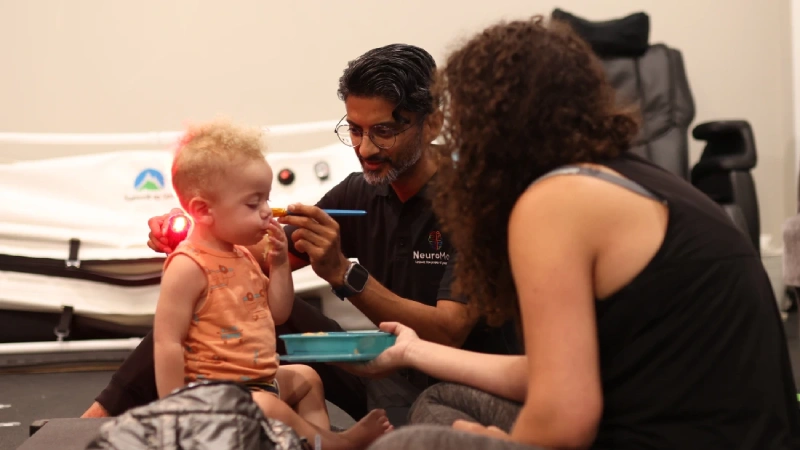
SOUND Therapy is not a single method but a set of auditory programs designed to stimulate the brain in specific ways, according to each child’s needs. From clinical methods like Tomatis and AIT to more natural approaches, each type of therapy offers unique benefits.
Why is it important to know the types of programs available?
- It allows treatment to be tailored to the child’s sensory and cognitive profile.
- It facilitates collaboration with therapists and specialists by helping parents understand the available options.
- It supports informed decision-making that aligns with family and therapeutic goals.
- It optimizes results by choosing the most suitable SOUND Therapy program.
Key program types:
Tomatis Method.
- Uses filtered music and the mother’s voice to stimulate the inner ear.
- Improves attention, language, and motor coordination.
- Retrains the brain’s interpretation of sounds.
Auditory Integration Training (AIT).
- Uses short sessions with modified music to reduce auditory hypersensitivity.
- Helps children who react negatively to certain sounds (vacuums, alarms, high-pitched voices).
- Improves sensory tolerance and concentration.
The 8 Biggest Benefits of SOUND Therapy for Children with Autism.
Without a doubt, SOUND Therapy has proven to be a powerful tool for improving the quality of life of children with autism. By working directly on auditory processing, it offers numerous benefits that impact a child’s emotional, cognitive, and behavioral development.
Why is SOUND Therapy so effective? Here’s a quick summary:
- Works on the central nervous system, helping the brain better organize auditory information.
- Reduces sensory overload, one of the most common causes of anxiety and dysregulated behaviors.
- Improves communication and social interaction by strengthening the link between what the child hears and how they respond.
Now let’s take a closer look at the 8 most impactful benefits of SOUND Therapy—backed by clinical experience.
1. Improves Auditory Processing Skills.
- Helps the brain filter, organize, and prioritize environmental sounds.
- Reduces auditory confusion and improves sustained attention.
- Facilitates understanding of spoken language in noisy environments.
2. Strengthens Communication and Social Interaction.
- Stimulates brain areas related to receptive and expressive language.
- Improves responsiveness to verbal and non-verbal cues.
- Supports the development of conversational skills and eye contact.
3. Improves Motor Skills and Body Awareness.
- Structured sound can influence fine and gross motor coordination.
- Helps children connect what they hear with their physical actions.
- Promotes greater awareness of body position in space.
4. Reduces Sensory Overload and Processing Difficulties.
- Decreases overreactivity to everyday sounds.
- Helps regulate the sensory system, reducing defensive behaviors.
- Improves tolerance for environments with multiple stimuli.
5. Supports Emotional Regulation and Focus.
- Sound directly influences the limbic system, which manages emotions.
- Promotes calmness and concentration.
- Reduces episodes of anxiety, frustration, or hyperactivity.
6. Boosts Participation in Early Interventions.
- Improves the child’s readiness to participate in therapy sessions.
- Increases openness to new activities and routines.
- Enhances results of programs such as ABA or occupational therapy.
7. Helps with Attention and Hyperactivity (ADHD).
- Stimulates the ability to maintain focus on specific tasks.
- Reduces impulsivity and improves self-control.
- Supports mental organization and action planning.
8. Encourages Relaxation and Behavioral Balance.
- Induces deep relaxation through specific frequencies.
- Decreases disruptive behaviors and improves self-regulation.
- Promotes an emotionally stable environment at home and in therapy.
Frequently Asked Questions About SOUND Therapy for Children with Autism.
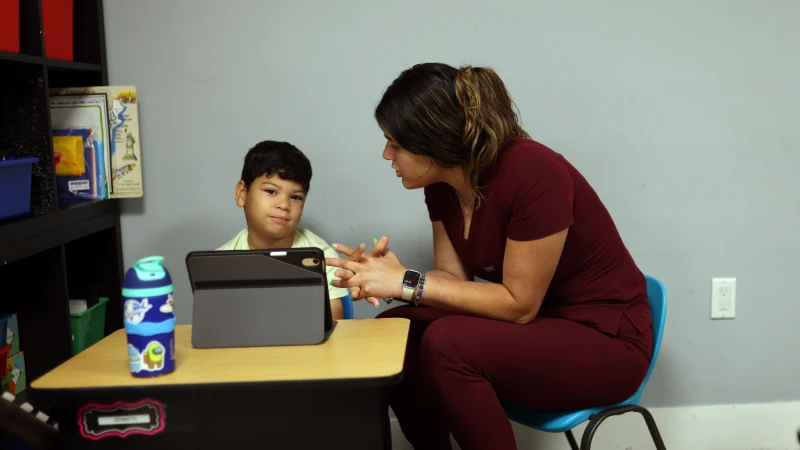
1. What exactly is SOUND Therapy for children with autism?
It’s a specialized auditory intervention that uses sound patterns to improve auditory processing, sensory integration, and emotional regulation in children with ASD.
2. What are the main benefits of SOUND Therapy for children with autism?
Improved auditory processing, reduced sensory overload, language development, increased social interaction, and support for emotional self-regulation.
3. Where can you access SOUND Therapy in Miami?
Koala ABA & Learning Centers, in Doral, Florida, offers specialized SOUND Therapy programs integrated with ABA therapies and other personalized interventions.
Why Koala ABA Is a Leader in SOUND Therapy for Children with Autism?
At Koala ABA & Learning Centers, our commitment to each child’s development drives us to integrate SOUND Therapy into our specialized programs. We offer a personalized approach that maximizes the benefits of auditory processing and emotional regulation.
Our S.O.U.N.D.™ program is specifically designed for children ages 2 to 12, combining therapeutic frequencies with musical therapy and ABA tools to strengthen essential skills such as communication and motor coordination—all within a safe and stimulating environment.
What sets Koala ABA apart in SOUND Therapy?
At Koala ABA & Learning Centers, SOUND Therapy goes far beyond simple musical intervention—it’s a complete therapeutic ecosystem that transforms the way children with autism experience emotions, communicate, and connect with the world around them:
- Immersive, sensory-safe environment: Our studio is equipped with Solfeggio frequencies that envelop the space.
- Active child participation: Children don’t just listen—they create and manipulate sounds.
- Support for self-regulation: Auditory stimulation is strategically used to help children calm themselves.
Transform your child’s life with the power of sound!
Yes, it’s time to hear progress. Discover how SOUND Therapy at Koala ABA & Learning Centers can revolutionize your child’s communication and development.
There’s no time to waste—Contact us now and let’s change their world with the power of sound!


